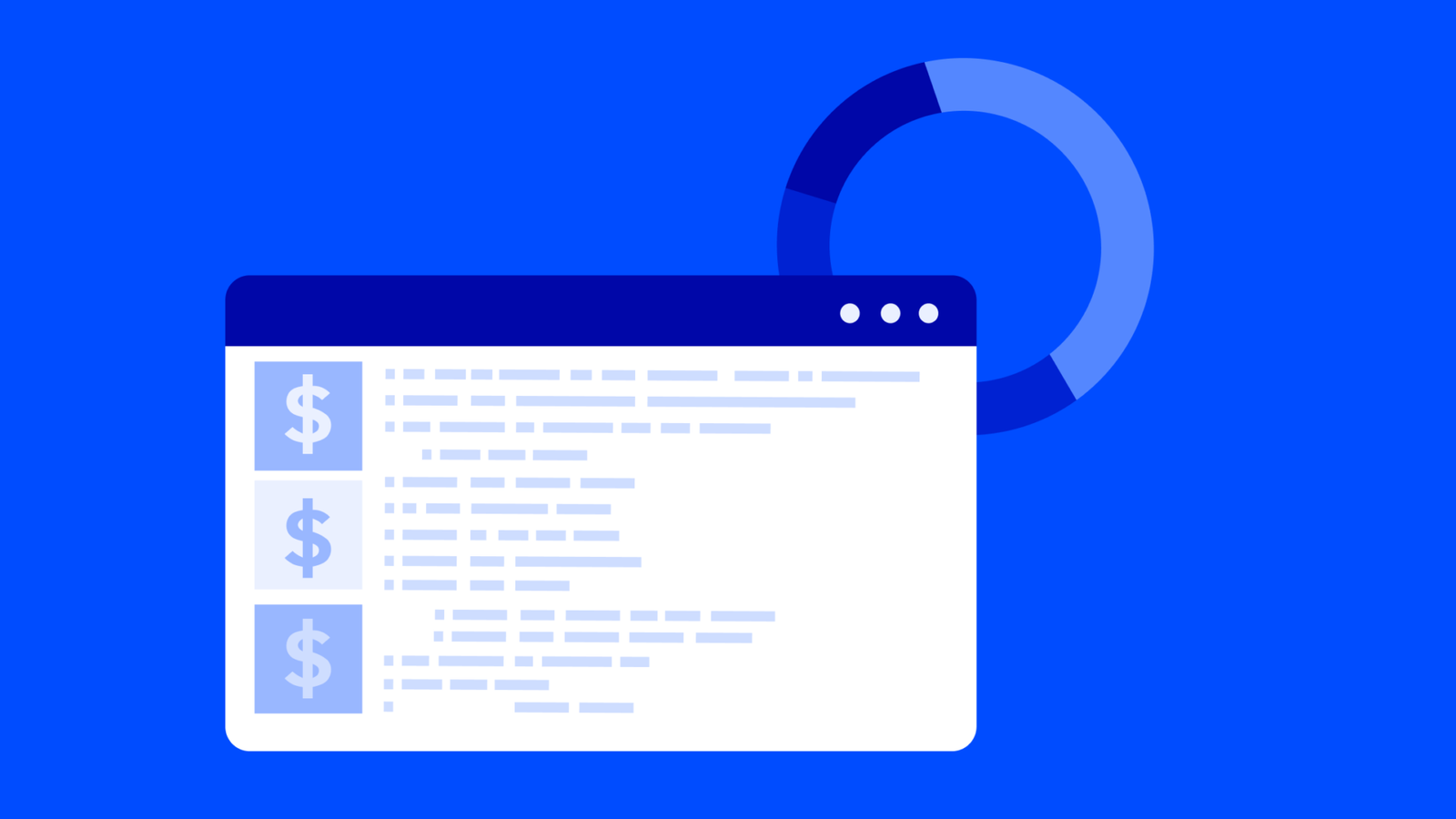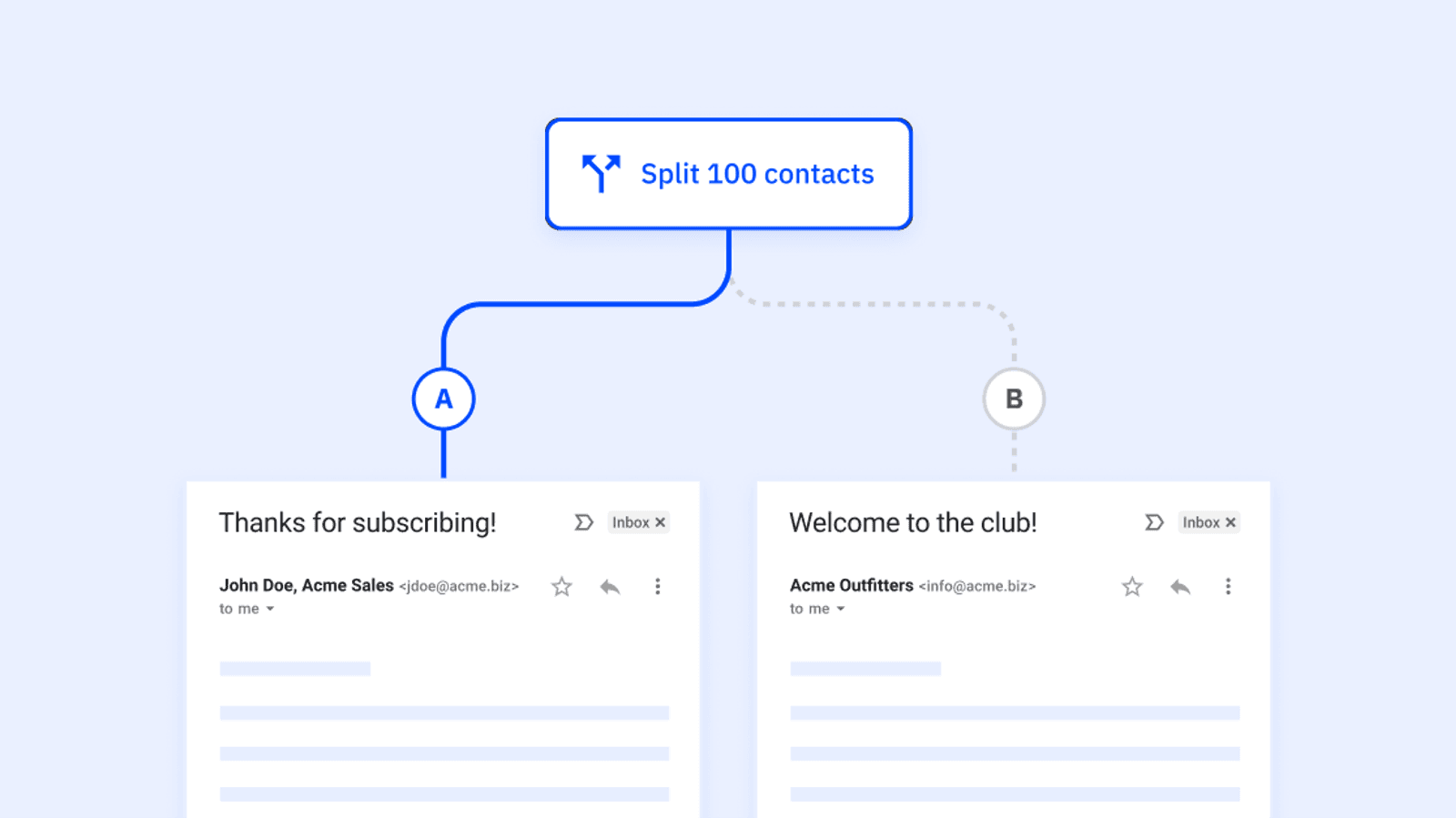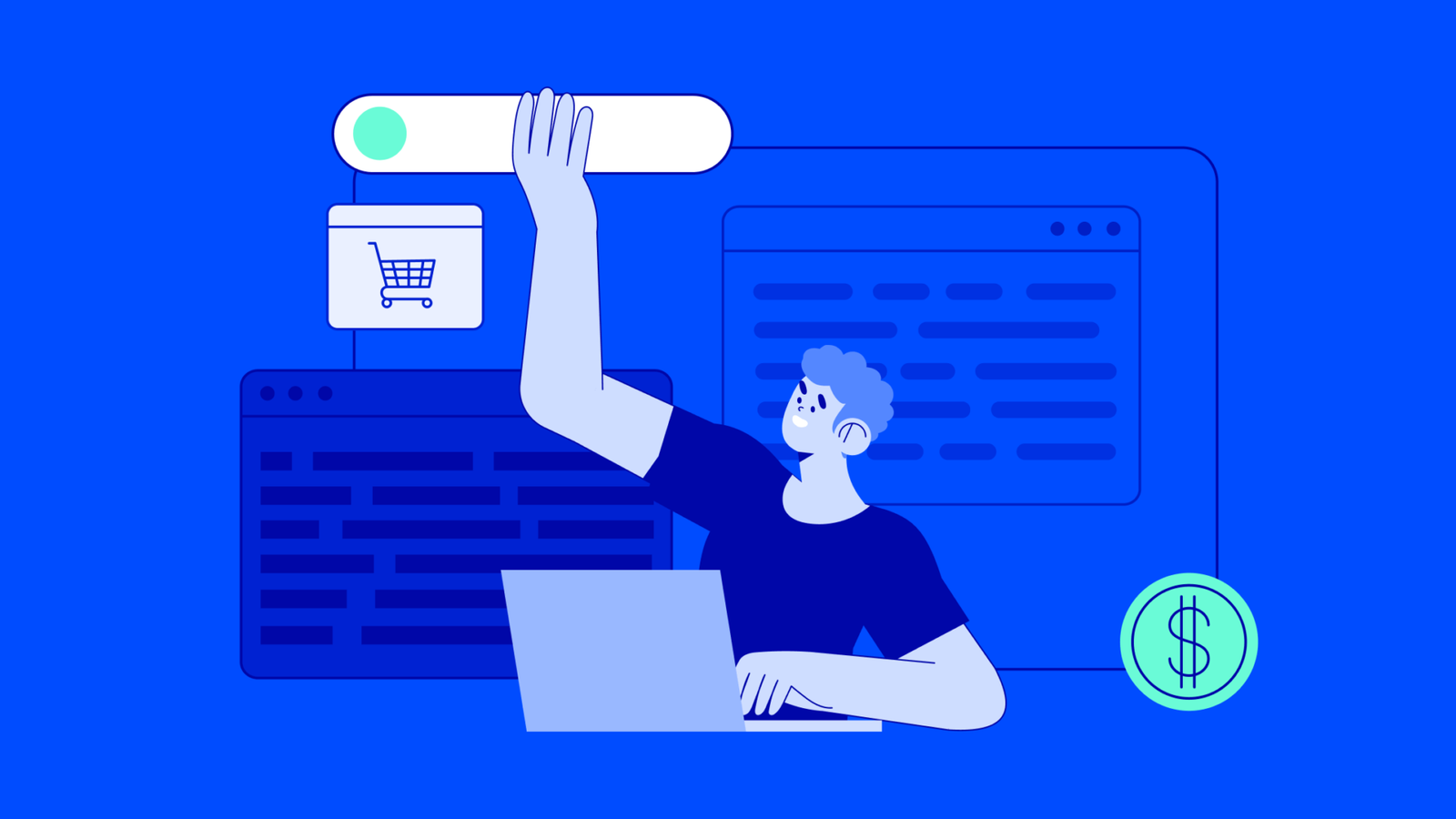SaaS (software as a service) is the most common model for software sales today, which is unlikely to change.
But while SaaS products are ubiquitous, a thorough understanding of the SaaS sales process is much less common.
Subscription buyers have a different attitude toward spending and more intense expectations of how you’ll service their needs and nurture the relationship.
Plus, a decent chunk of SaaS sales growth comes from growing existing accounts, not just closing new sales, which requires an entirely new approach to sales team structures and processes.
This article will guide you through the three broad stages of the SaaS sales sequence and provide actionable strategies to help you close more sales and drive revenue growth.
Use the links below to jump ahead:
What is SaaS sales, and how does it differ from traditional sales?
SaaS (software as a service) is a model in which software businesses sell their product using a subscription-based pricing model. Rather than installing the software platform on their own computer, customers access SaaS software over the internet (i.e., from the cloud).
SaaS sales is the process of selling software within this model.
While many of the same principles of traditional selling apply (identifying customer pain points, establishing rapport, etc.), the SaaS sales process is unique in two ways.
Firstly, you’re no longer selling a tangible product. When software was sold under the perpetual license model, customers still received a CD-ROM or USB drive to install their product. More importantly, they owned it forever.
With the subscription model, when customers end their subscription, they no longer have access to the platform—customers are essentially renting, not buying.
The second major difference is how pricing works. SaaS products are generally sold on a monthly subscription basis. For example:
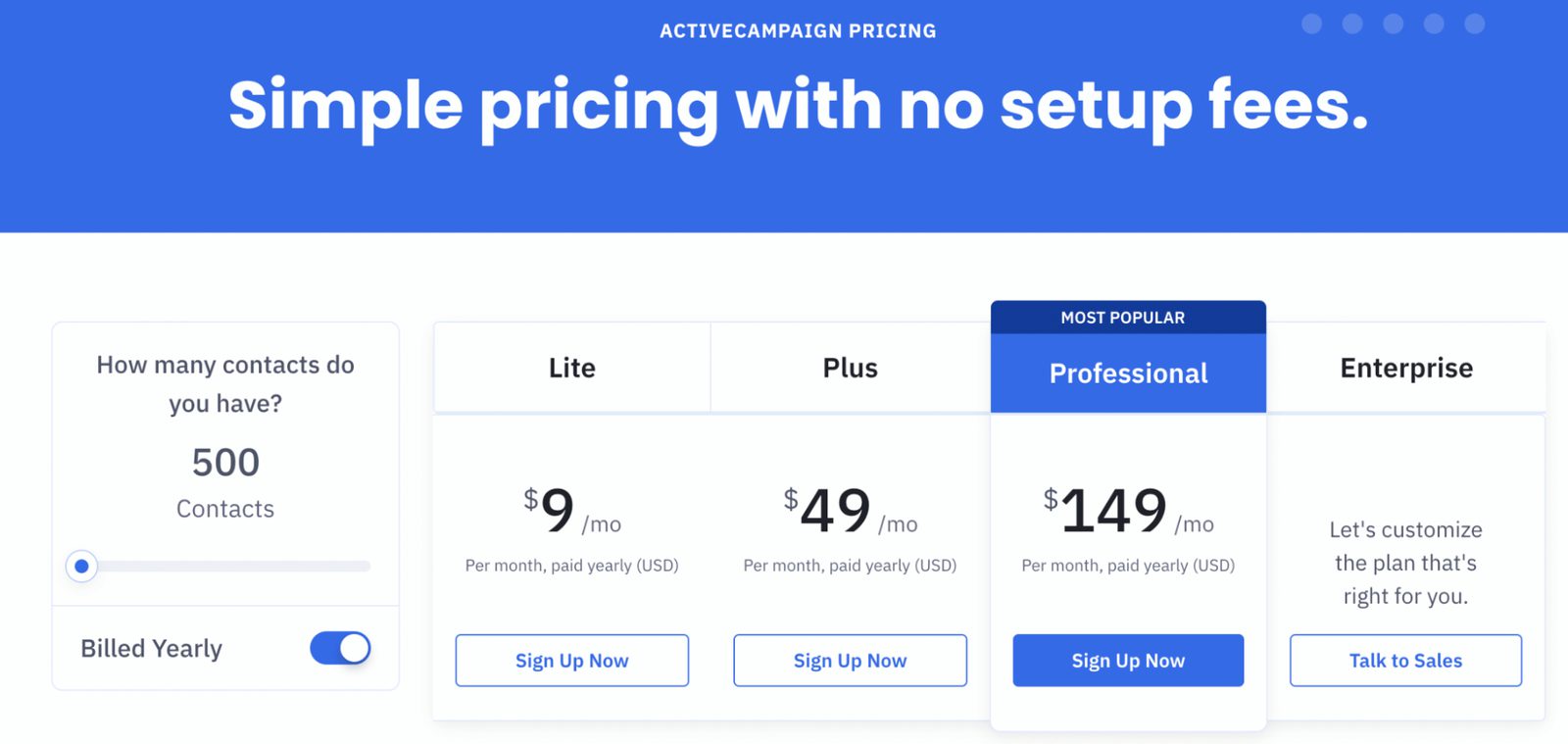
From the customer’s perspective, the commitment looks very different. Buyers need to forecast their ability to afford this commitment into the future rather than assessing their financial capability to fund a single purchase right now.
So, it’s crucial to develop a sales sequence that works for modern SaaS buyers.
Let’s take a look at what this should look like.
Start closing bigger deals even if you're just getting started with our FREE sales process template!
How to build a high-performing SaaS sales process
At the highest level, the SaaS sales process is divided into three core phases:
- Lead generation and nurturing
- Sales demonstration and closing
- Account nurturing and growth

First, you need to determine the SaaS sales model you’ll be working within.
There are three main sales strategies here:
- Transactional
- Enterprise
- Self-service
The transactional sales model is the most common method in SaaS, where software companies sell primarily to small and medium-sized businesses.
Product pricing is typically non-negotiable, and new sales are driven by a sales team usually consisting of sales development reps and account executives. Leads may be generated by outbound sales professionals or through inbound marketing practices.
The enterprise software sales process targets high-value customers with many users.
At the enterprise level, teams sell at a high price but a low volume (the opposite is true for transactional sales) and generally build custom pricing and service packages.
The self-service model is a common approach for low-price, consumer-facing products (think Netflix and Spotify). Sales teams are typically non-existent, and a freemium pricing structure (or a free trial) is typically what drives lead generation.
SaaS sales cycles differ significantly between these models. Enterprise sales, by and large, take a longer time to close and require more targeted sales efforts (teams typically take an account-based marketing approach).
Overall, the average B2B SaaS sales cycle ranges from one to six months.
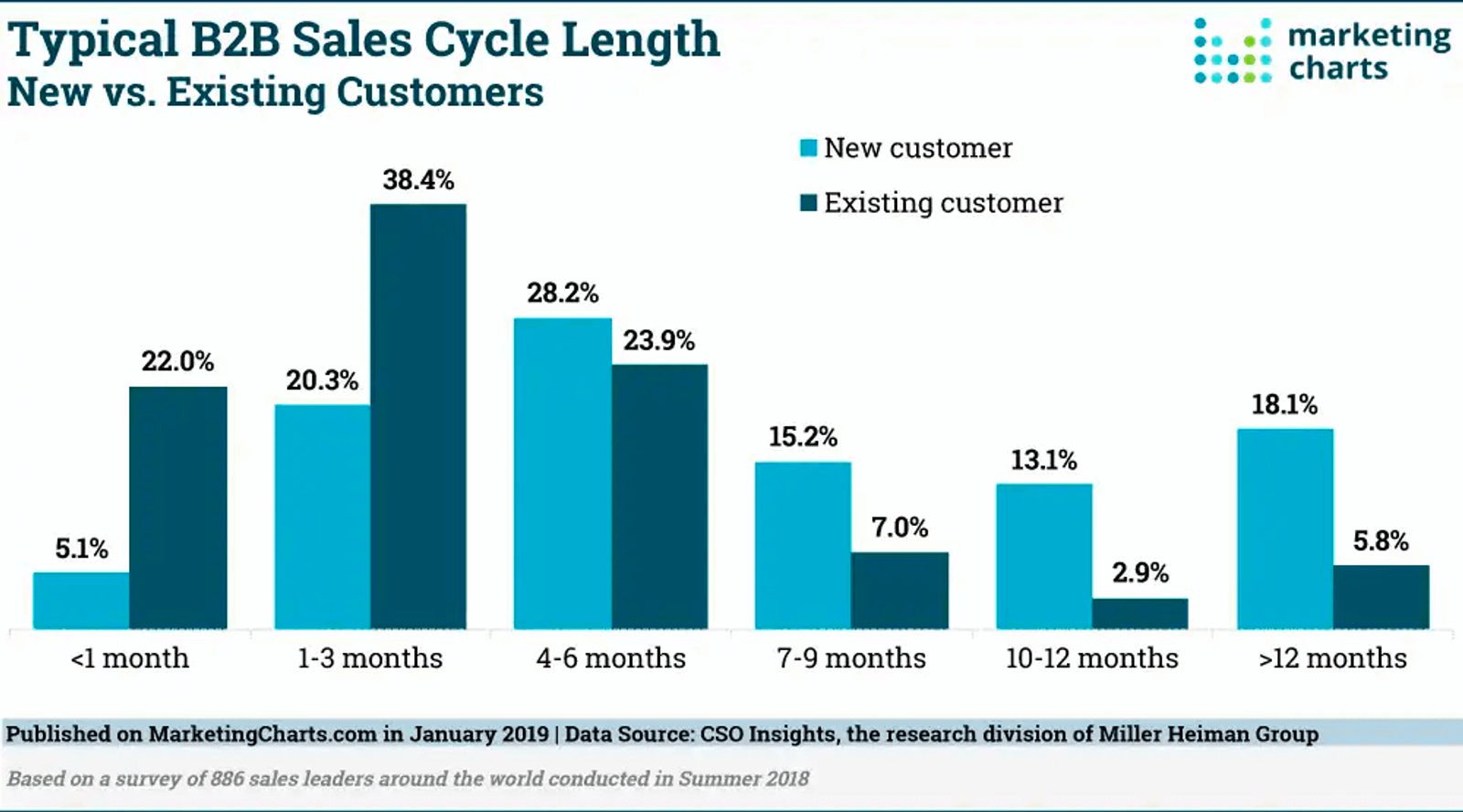
Now, let’s dive deeper into the SaaS sales process.
1. Build a lead generation sequence
In the SaaS arena, the typical customer journey looks something like this:
- Awareness (recognition of need)
- Consideration (research and weighing up of options)
- Decision (purchase takes place)
- Retention (goals are achieved, and the customer potentially becomes an advocate)
SaaS sales reps nurture leads throughout this process, though the point at which leads enter the sales pipeline depends on your sales methodology. There are two options here:
- Outbound sales
- Inbound sales
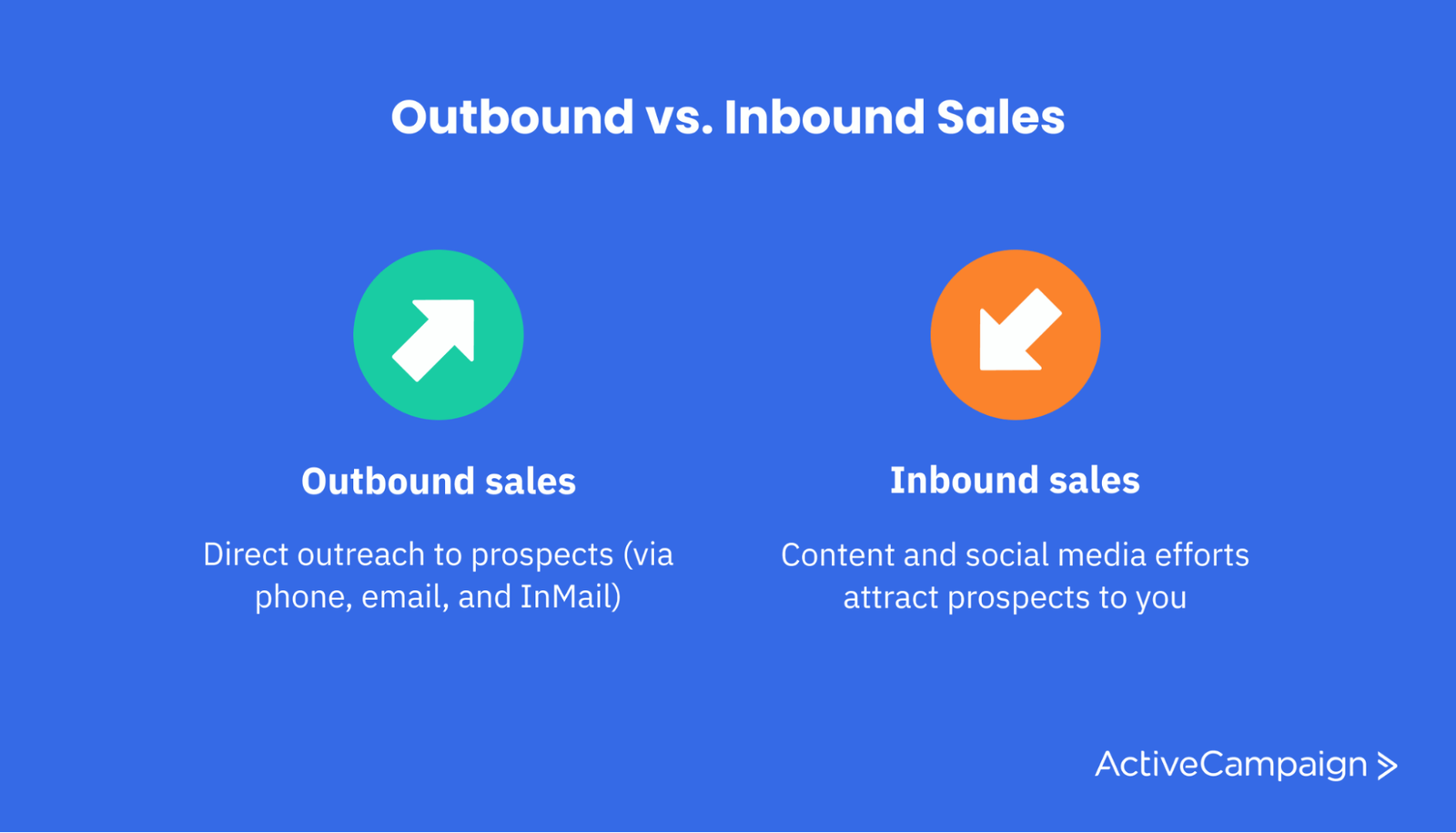
In the outbound world, BDRs (business development reps) perform cold outreach to potential clients, establish fit, and generate qualified leads for AEs (account executives). Sales is responsible for lead generation.
In the inbound world, the approach is to attract prospects to your company. Marketing teams are responsible for lead generation, though SDRs typically pre-qualify leads before a demo takes place.
Naturally, the SaaS sales tactics for lead generation differ significantly depending on your chosen methodology.
Generating leads with an outbound sales approach
Avoid a spray and pray approach where reps call anyone and everyone who might be a fit for your company.
A well-defined ICP (ideal customer profile) is critical to your success.
Your ICP describes the types of customers you’re going after, the characteristics they exhibit, and the key stakeholders in the company with whom you’ll need to connect.
Here’s an example of what an ICP document might look like for a project management platform.
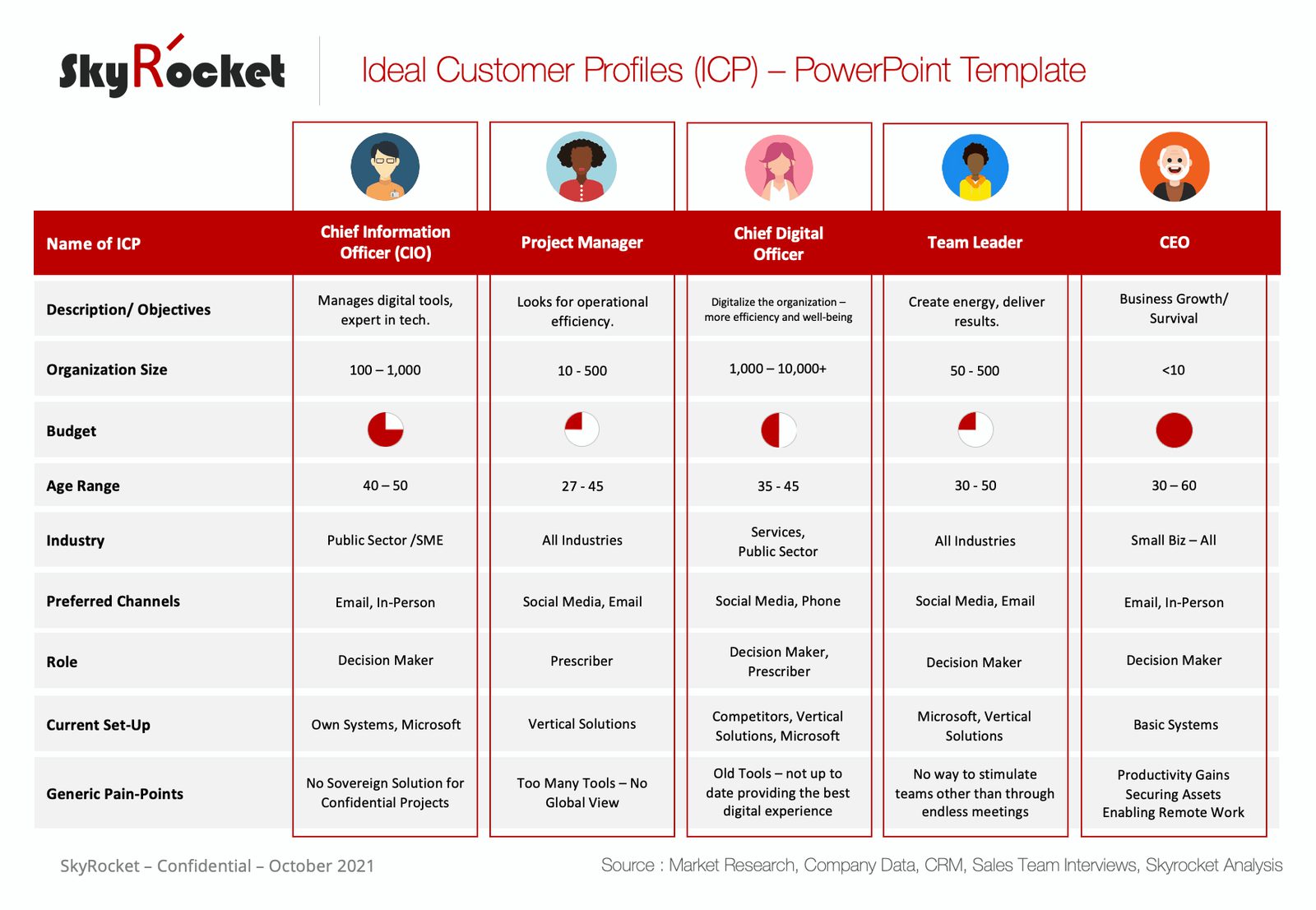
Use sales intelligence tools like LinkedIn Sales Navigator to gather a list of potential customers based on the criteria identified in your ICP.
For example, one of the stakeholders a sales rep using the ICP above needs to talk to is Project Managers.
In Sales Navigator, narrow down to identify potential prospects who currently hold that role.

Use data enrichment platforms like ZoomInfo’s SalesOS to learn more about these prospects and determine whether they meet your initial qualification criteria (for example, company size or annual revenue).
Once you’ve pulled together a list of pre-qualified candidates, it’s time to build an outbound sales sequence.
The standard approach is to schedule a cadence of phone calls, emails, and social media touchpoints. The goal here is to further qualify and book these leads for a meeting with an account executive (who will offer a bespoke solution using consultative selling).
There are a few considerations to make here.
The first is the number of touchpoints in your sequence. Conventional wisdom is that it takes more than seven calls to close a sale.
However, this can be overkill in some industries and applications and can alienate your customers. But for some enterprise organizations where you’re trying to sell to a C-Suite decision-maker, it might take many more than seven calls to close a deal.
The answer?
Test. Set up a few different cadences rooted in sound hypotheses (seven calls is the norm, if they don’t come back after three, they’re not interested, etc.), and establish what works best for your customers.
The second consideration is timing.
Wednesday is the best day to make calls (with a more than 50% difference between Wednesday and Monday, the lowest-performing day).
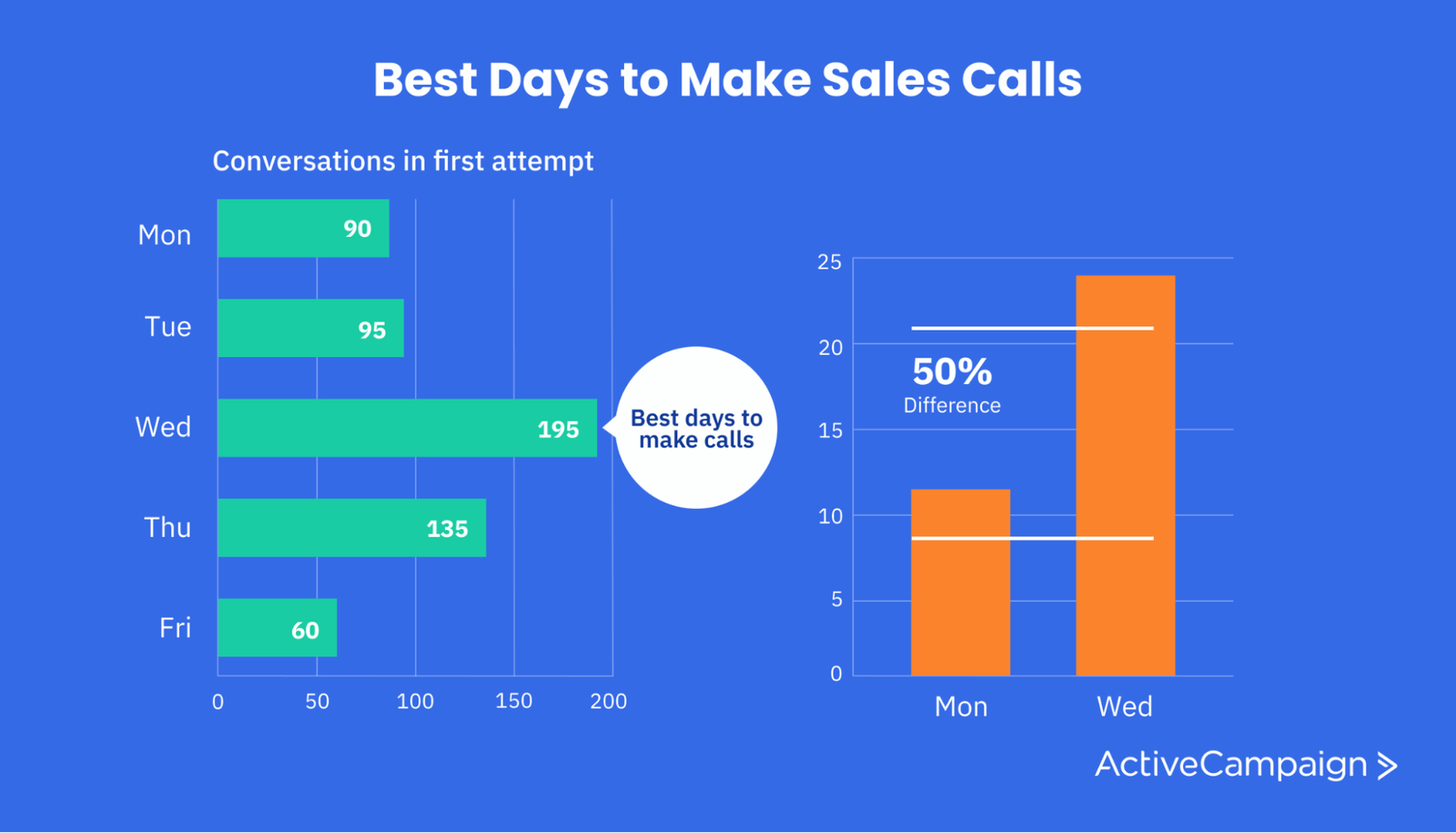
The periods between 11 AM – 12 PM and 4 – 5 PM appear to be the best slots for getting your calls answered (a core problem for outbound sales reps).
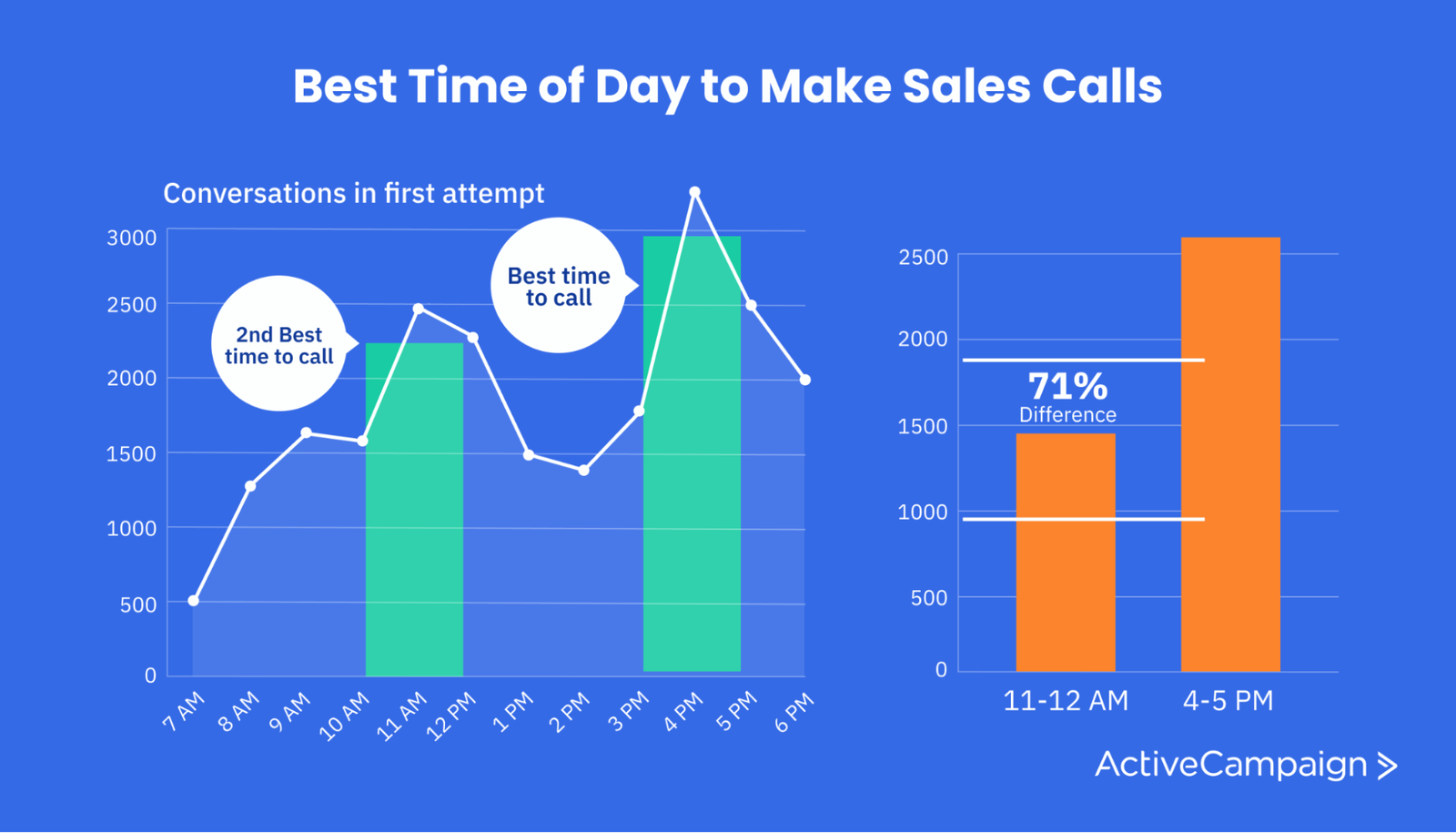
Again, these are across-the-board figures and may differ significantly based on your use case. For example, if you sell a software platform that helps night shift workers monitor productivity, then an 11 AM call probably will not get a great response.
Get FREE content marketing templates that cut down on the back and forth!
Generating inbound sales leads
The inbound sales methodology is a more favorable approach for most SaaS companies. It’s more sustainable in the long term, delivers higher quality leads with higher purchase intent, and is smoother from the customer’s perspective since they have more control in the buying process.
However, it’s a longer-term play. It can take some time to set up a good funnel of inbound leads from the content marketing efforts you’re running.
This is why companies often come out of the gate with a hybrid approach favoring outbound and gradually tilt toward inbound as their marketing investments pay off.
The sales sequence itself is largely similar, involving a series of emails, phone calls, and social media touches with the goal of booking a demo with a sales rep.
This is unless, of course, the lead has booked a demo immediately through your website. In this case, you might simply have one touchpoint prior, where an SDR calls to pre-qualify the prospect and gain some intel that will help the AE sell more effectively.
The primary difference in the inbound sequence is how leads are generated.
Marketing takes more responsibility for lead generation under the inbound model, and the most common sequence looks something like this:
- A potential customer learns of your company through free content (blogs, guides, etc.).
- They realize your product can solve a problem they have and perform more research (usually exploring more of your content).
- The potential customer accesses high-value gated content (such as an ebook or webinar), which is where the “lead generation” happens (you capture an email address).
- A marketing email sequence is applied to nurture and educate the lead.
- Sales software intent filters and lead scoring help sales reps understand which leads present the most powerful opportunity.
- Sales reps reach out (generally running a sequence of email, social, and phone touchpoints) to book a sales demo with an AE.
Manage All Of Your SaaS Sales In One Place
This is the traditional SaaS sales technique. However, more and more sales reps are leveraging social selling, building presences on platforms like Twitter and LinkedIn (using their personal profiles) to generate inbound leads for themselves and their team.
Savvy SDRs like Sam Nelson of Outreach build large networks discussing their products, use cases, and customer pain points (and solutions to them) on LinkedIn, fostering awareness and filling the top of their inbound sales pipeline.
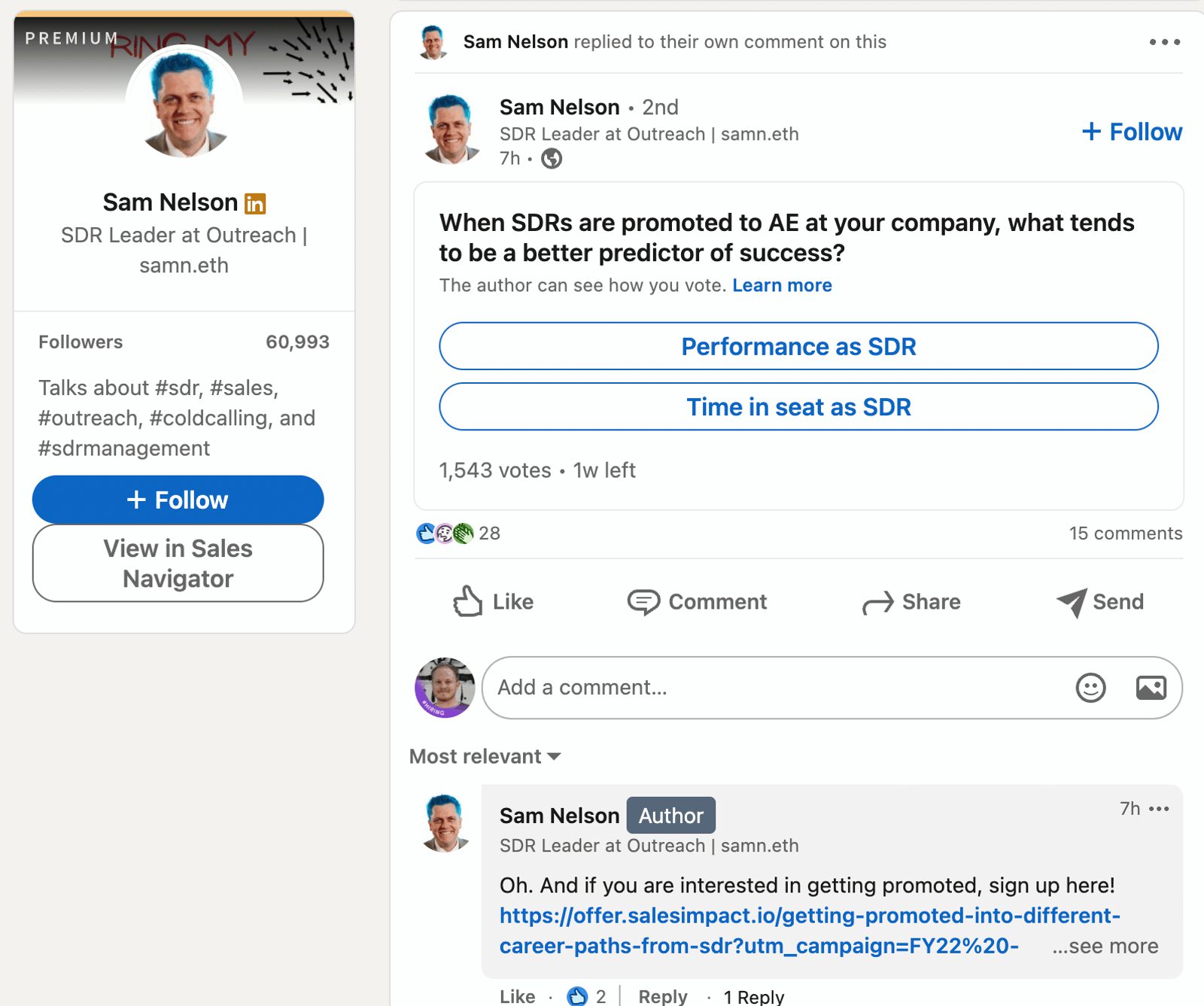
2. Host personalized, customer-centric sales demonstrations
In the B2B SaaS world, the demo is where the ‘sale’ really happens.
SDRs and BDRs focus on nurturing and qualifying leads with the goal of booking a meeting with an AE to sell the product and help the prospect understand the value they’ll gain by becoming a customer.
However, while you are trying to sell, this shouldn’t feel like a hard sales pitch from the potential buyer’s perspective.
Solve this paradox by ensuring sales demonstrations are highly personalized to the needs, desires, goals, and pain points of the person and company you’re selling to.
SDRs and BDRs are responsible for gathering this intel through the qualifying questions they ask during initial conversations.
Critical is the handoff of information from these reps to Account Executives. Data silos must be eliminated so the entire sales team has access to the notes (PS. note-taking is crucial!) and information captured on a customer. This is usually handled by having all reps work within the same sales CRM.
AEs should have a templated approach to product demos (you need something to build from and don’t want to be starting from scratch every time) but must personalize by:
- Eliminating information that is unnecessary to the specific prospect they’re speaking to.
- Focusing on the features that solve that prospect’s most pressing challenges and selling the “dream” that is their life with that problem solved.
- Ensuring the demo is a conversation, not a pitch, by asking further qualifying questions and digging deeper into motivating factors so the AE can sell into that pain point.
3. Drive SaaS revenue metrics through consistent account growth
SaaS sales teams are responsible for driving several key metrics, including:
- ARR and MRR (Annual and Monthly Recurring Revenue)
- ACV (Average Contract Value)
- CLV (Customer Lifetime Value)
- NRR (Net Revenue Retention)
- CAC (Customer Acquisition Cost)
Many of these sales metrics are driven not only by acquisition. They are also driven by the retention of current customers and the growth of those accounts.
For example, MRR decreases every time a customer churns and increases when reps cross-sell or upsell into an account.
In the SaaS sales model, the selling doesn’t have to stop once a deal is signed.
Account managers (AMs) and customer success (CS) agents are responsible for ensuring service levels meet expectations and complaints are resolved quickly and dealt with professionally.
AMs must also be keenly aware of the whitespace (products you offer that a given account hasn’t yet purchased) available and how they can influence the customer relationships to continue growing the revenue from each account.
Usage data can provide some insight here. If you’re selling marketing automation software, you might identify that a key account is making great use of your email automation feature.
However, they haven’t purchased the SMS automation add-on, which is something customers often use in conjunction with email automation to create a multi-channel, multi-touch nurture campaign.
Having identified this, an AM can distribute content or action a sales call to discuss potential benefits to the stakeholder and their company. This helps grow the revenue from that account and helps the customer get the most out of your platform.
Conclusion
The goal of this guide has been to help you build a high-performing sales team, avoid common SaaS sales mistakes, and drive consistent revenue growth for your company.
While process and procedure are critical to this endeavor, efficiently managing the sales engagement process is just as crucial, meaning SaaS marketing automation will play a huge part in your sales outreach program.
Try ActiveCampaign for free today, and discover how our customer experience automation platform can transform your sales efforts across the entire customer journey.

